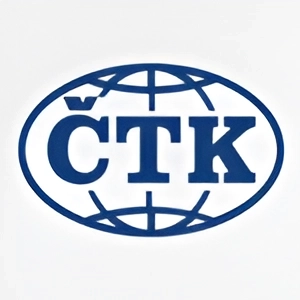Some 11,300 children from primary schools and the lower grades of grammar schools did not attend distance instruction during last year’s school closures, according to a survey conducted by the Ministry of Education. The problem is most prevalent in north and west Bohemia, in the Ústí, Liberec, and Karlovy Vary regions.
The survey was carried out across all 4,102 primary and six- and eight-year grammar schools that are administered by the regions and municipalities, with the ministry demanding information regarding how pandemic-related subsidies of CZK 1.33 billion were spent.
Of the schools surveyed, all used the funds to buy IT equipment, with the exception of just two schools which returned the money. The subsidies have enabled schools to purchase 62,000 notebooks and 11,800 tablets, and to lend 41,000 of these devices to children.
Education Minister Robert Plaga said last week that one-fifth of the sum should be spent on equipment designated for lending to schoolchildren. The survey confirmed that teachers used 80 percent of the new notebooks and tablets, with children using the remainder. However, one in seven schools did not provide any devices to its pupils.
90 percent of schools said that they had sufficient equipment to successfully transition to online teaching, while the remainder considered it insufficient.
Schools could take advantage of a subsidy of CZK 20,000 per teacher for the purchase or renewal of equipment. However, experts have criticized this approach, and have claimed that subsidies should not be allocated on a per-teacher basis, but rather based on the number of socially-disadvantaged school children in each school.
Schools say that the most frequent reason that children did not participate in distance learning was either the students’ own or their parents’ unwillingness to participate, regardless of family computer equipment. However, the report also showed that a large percentage of these students had no Internet access, while 3,100 such students lacked the necessary equipment.
In total 4,700 primary school children in the junior cycle and 6,600 students in the senior cycle, did not follow remote instruction. The highest share (5.5 percent) of children who did not participate in remote learning was was found in special schools for disabled children.
Schools in the Czech Republic switched to remote learning during the first wave of the epidemic in March 2020, and remained closed until the end of the school year. Despite a brief reopening in the autumn, schools closed once more on October 14, 2020. In line with the improving epidemiological situation, schools started reopening on April 12. At present, children from the first five grades of primary school have returned, which older students are due to return next week.
Some sociologists have warned that long-term remote instruction will have a negative impact on the education level and future profession career of current pupils and students. Statistics show that the number of young people who do not complete secondary school education has been rising in the country in recent years, especially in poorer regions.
A recent study shows that a secondary school student will, on average, contribute up to CZK 2.8 million to the state over the course of his entire life. The study suggests that if the state supports its weakest pupils, this might annually bring in CZK 18 billion to the state finances in the decades ahead.












 Reading time: 2 minutes
Reading time: 2 minutes 





























